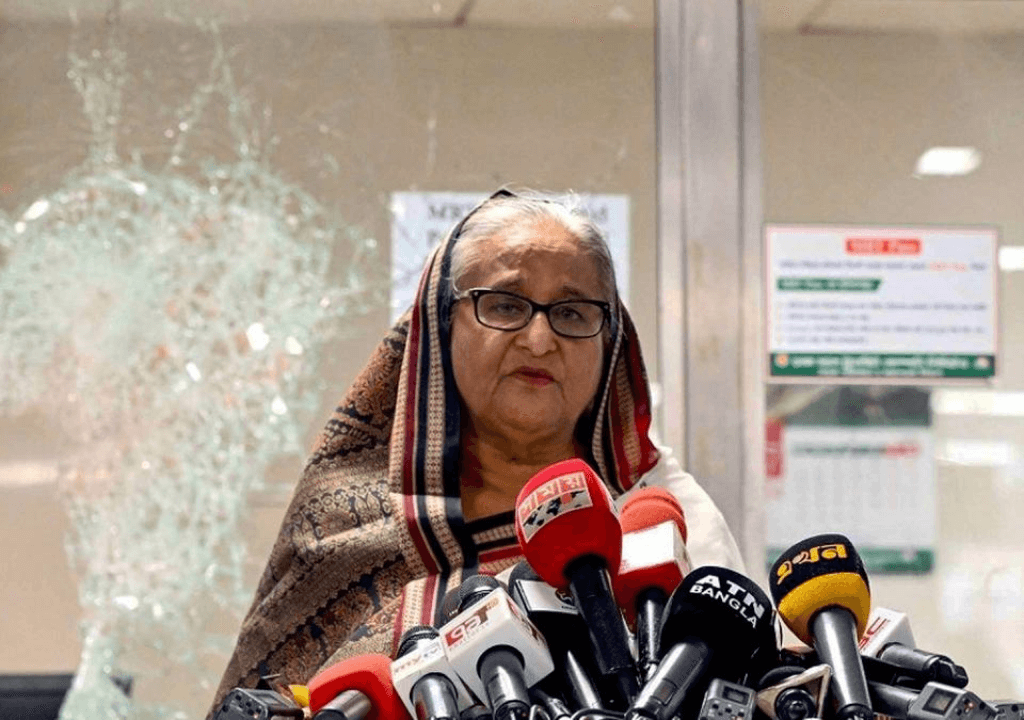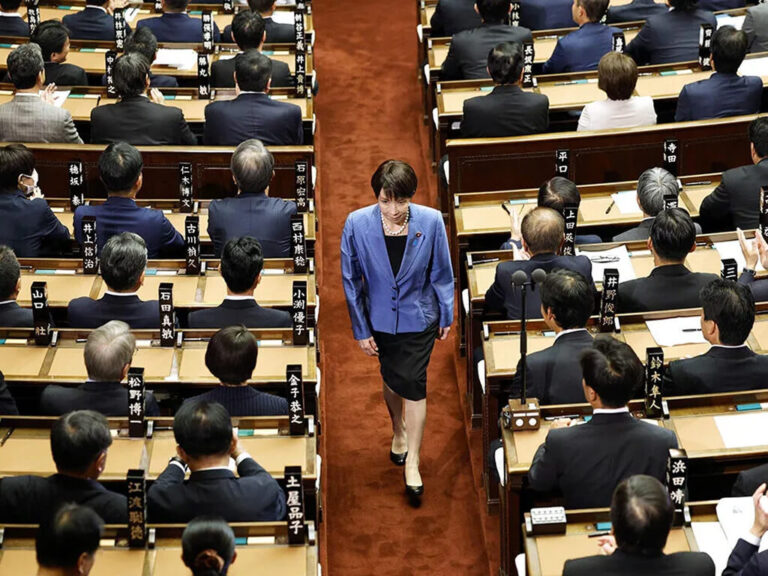Bangladesh, founded just 50 years ago as a result of the conflict between Islam and Bangla language patriotism, is now facing one of the most challenging periods in its history. The country, marked by a flawed democracy, had been under the rule of Prime Minister Sheikh Hasina since 2009. Following intense protests that resulted in over 300 deaths, Sheikh Hasina finally resigned. Although her course was constitutional and she won all elections, it frequently resembled an authoritarian regime, with all institutions under the control of the Prime Minister’s Awami League party, leading to widespread dissatisfaction among the people.
Every regime has a limit. The series of protests, which led to Hasina’s resignation, began with university students protesting against the quota bill. This bill was intended to employ more Awami League supporters in government services, while educated youth continued to suffer from unemployment and poor wages. However, the protests quickly spread across Bangladesh, with opposition party workers and others who suffered under Hasina’s rule joining in. The government tried to suppress the movement by deploying police and Awami League party workers with the authority to enforce severe measures. However, these actions proved ineffective. Although the Supreme Court ruled to scrap the bill, leading to a brief lull, the focus soon shifted to demanding the resignation of Prime Minister Sheikh Hasina. When violence erupted again following the Supreme Court ruling, Hasina labeled the protesters involved in sabotage and destruction as criminals rather than students, calling for a harsh response. The ruling Awami League party claimed that the demand for Hasina’s resignation indicated that the protests had been taken over by the main opposition Bangladesh Nationalist Party and the now-banned Jamaat-e-Islami party, who seek to Islamize Bangladesh.
On Sunday, in an attempt to quell the escalating protests, the government declared a holiday from Monday to Wednesday, closed the courts indefinitely, and suspended mobile internet services. Access to Facebook and messaging apps, including WhatsApp, was also restricted. Schools and universities across the country were closed. At least 11,000 people have been arrested, and authorities imposed a shoot-on-sight curfew in some areas. However, on Monday, Sheikh Hasina decided to step down as the protests became increasingly violent. Video footage emerged showing people rushing to the Prime Minister’s residence and vandalizing it, reminiscent of the events in Sri Lanka a few years ago. Other footage depicted protesters vandalizing a prison van at the Chief Metropolitan Magistrate’s Court in Dhaka. Protesters set fire to vehicles and ruling party offices, with some wielding sharp weapons and sticks, escalating the unrest into severe riots against the rule of law.
Political turmoil has long been a feature of Bangladesh. After gaining independence, the Awami League, led by Sheikh Mujibur Rahman, the Father of the Nation, initially formed the government. His regime moved towards establishing a one-party state in 1975, marking the start of democracy’s first collapse in the country. During this period, civil liberties were curtailed, and many newspapers were banned. Following Sheikh Mujibur Rahman’s assassination in 1975, Bangladesh experienced two decades of authoritarian rule, including military regimes. Students were consistently vocal against poor governance and breaches of civil liberties. In 1990, civil disobedience and mass uprisings led by students resulted in the creation of a Caretaker Government under Justice Shahabuddin Ahmed. Subsequently, the parliamentary system was reintroduced through a public referendum.
After the Seventh Parliament election in 1996, Sheikh Hasina assumed the role of Prime Minister for the first time. However, in the subsequent term, a four-party alliance led by the BNP and Jamaat-e-Islami established a new government under Khaleda Zia. This period saw frequent protests and unrest, which eventually paved the way for Sheikh Hasina’s return to power. Since 2008, Hasina has faced no serious opposition in elections, consistently securing nearly 250 out of 300 seats, a great majority in Parliament. However, her resignation, following mass protests, threatens her political future, and reports suggest she may seek political asylum in India. Despite her authoritative behavior, she kept Bangladesh away from Islamization and fostered a very friendly relationship with its large neighbor, India. So, Her departure is expected to have significant domestic and international impacts.
According to the military chief’s announcement, an all-party coalition government will soon be established, and it will follow a general election similar to those in the 1990s. It is anticipated that former Prime Minister Khaleda Zia and her Bangladesh Nationalist Party (BNP) will return to power in that election. The revival of Jamaat-e-Islami and other Islamic factions is also expected. Additionally, Bangladesh is likely to face significant geopolitical tensions. The current opposition parties are known for their anti-India stance, which may result in increased influence from Pakistan and China. Bangladesh is facing a challenging time on all fronts.








